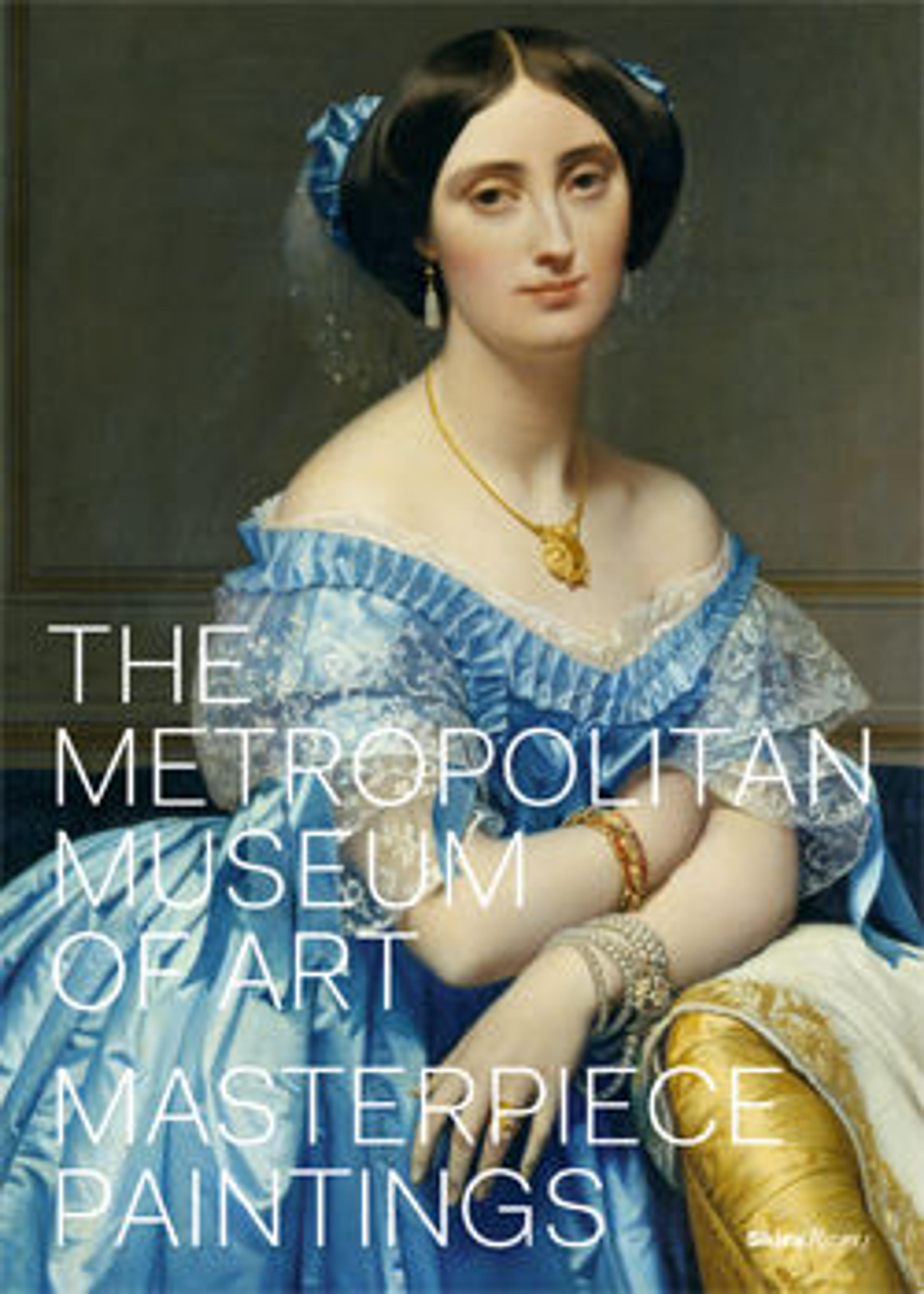Terracotta loutrophoros (ceremonial vase for water)
On the body, obverse, woman with attendant in naiskos (shrine) flanked by youths and women
Reverse, woman in naiskos flanked by youths and women
On the shoulder, obverse, head of a woman wearing a Phrygian cap within foliage
Reverse, head of a woman within foliage
This loutrophoros is a slightly simpler counterpart of the adjacent example. The naiskos has only two columns, and the lower part of the podium is covered with vine
tendrils. The woman opens a casket, while her maid holds a garland of flowers. Although the function of such vases is not fully understood, it was most probably
funerary. From its origins in Athens, the loutrophoros was associated with weddings and with rites for those who died unmarried. The iconographical formula of figures
in a naiskos was established in sculpture on the Greek mainland, whence it reached Southern Italy.
Reverse, woman in naiskos flanked by youths and women
On the shoulder, obverse, head of a woman wearing a Phrygian cap within foliage
Reverse, head of a woman within foliage
This loutrophoros is a slightly simpler counterpart of the adjacent example. The naiskos has only two columns, and the lower part of the podium is covered with vine
tendrils. The woman opens a casket, while her maid holds a garland of flowers. Although the function of such vases is not fully understood, it was most probably
funerary. From its origins in Athens, the loutrophoros was associated with weddings and with rites for those who died unmarried. The iconographical formula of figures
in a naiskos was established in sculpture on the Greek mainland, whence it reached Southern Italy.
Artwork Details
- Title: Terracotta loutrophoros (ceremonial vase for water)
- Artist: Attributed to the Metope Painter
- Period: Late Classical
- Date: 3rd quarter of the 4th century BCE
- Culture: Greek, South Italian, Apulian
- Medium: Terracotta; red-figure
- Dimensions: 32 3/4 in. (83.2 cm)
- Classification: Vases
- Credit Line: Purchase, The Bernard and Audrey Aronson Charitable Trust Gift, in memory of her beloved husband, Bernard Aronson, 1995
- Object Number: 1995.45.2
- Curatorial Department: Greek and Roman Art
More Artwork
Research Resources
The Met provides unparalleled resources for research and welcomes an international community of students and scholars. The Met's Open Access API is where creators and researchers can connect to the The Met collection. Open Access data and public domain images are available for unrestricted commercial and noncommercial use without permission or fee.
To request images under copyright and other restrictions, please use this Image Request form.
Feedback
We continue to research and examine historical and cultural context for objects in The Met collection. If you have comments or questions about this object record, please complete and submit this form. The Museum looks forward to receiving your comments.
